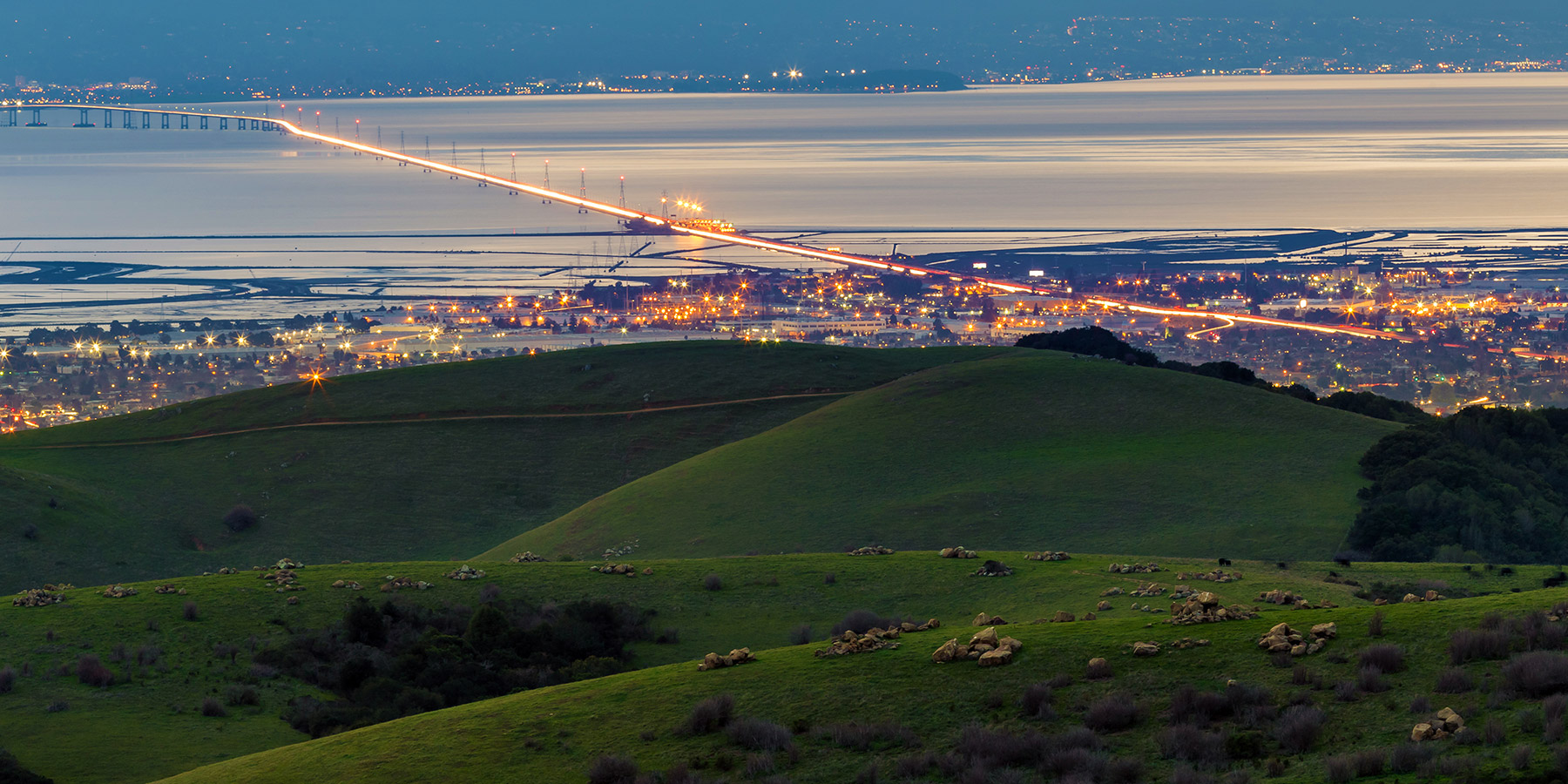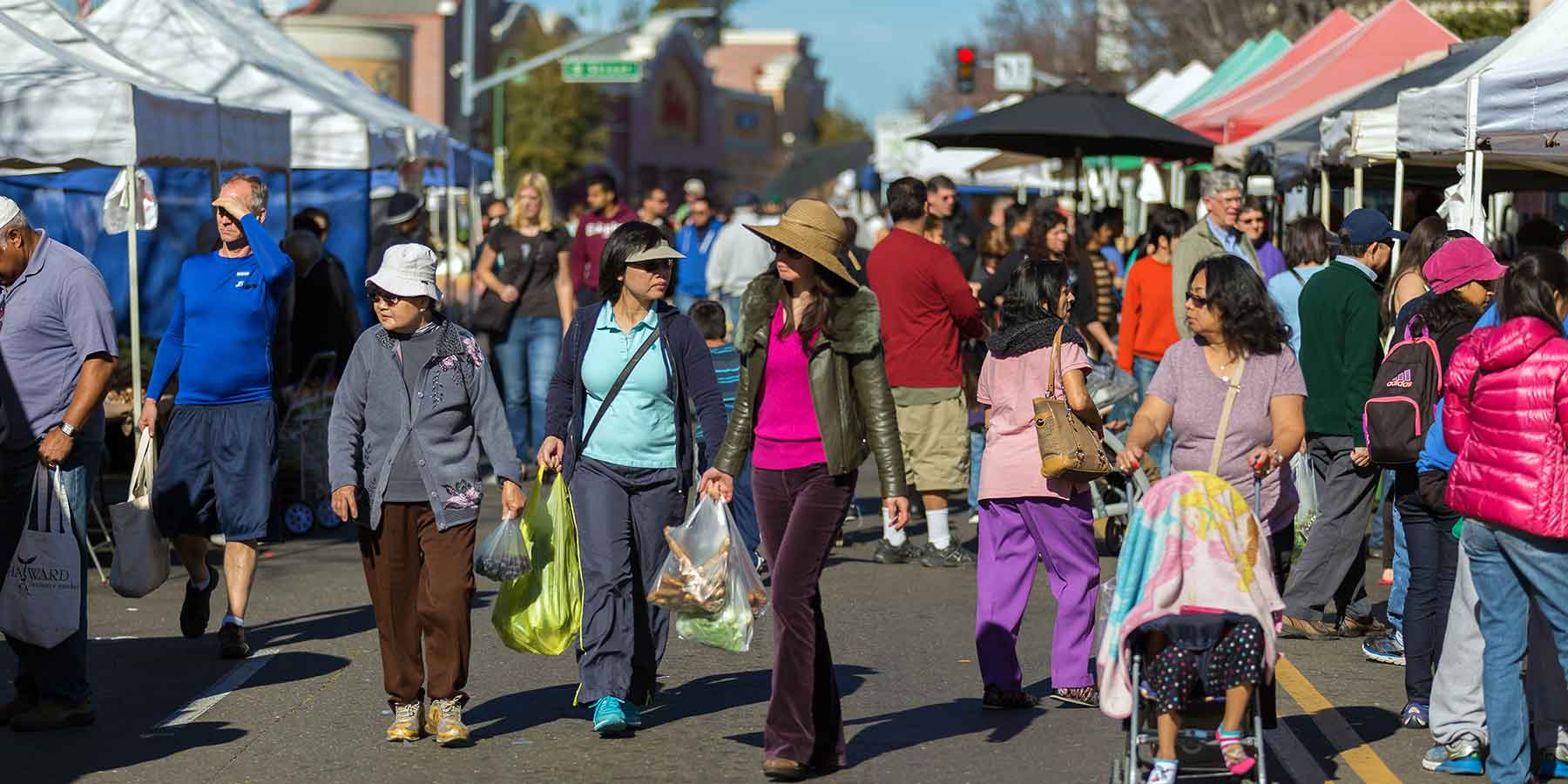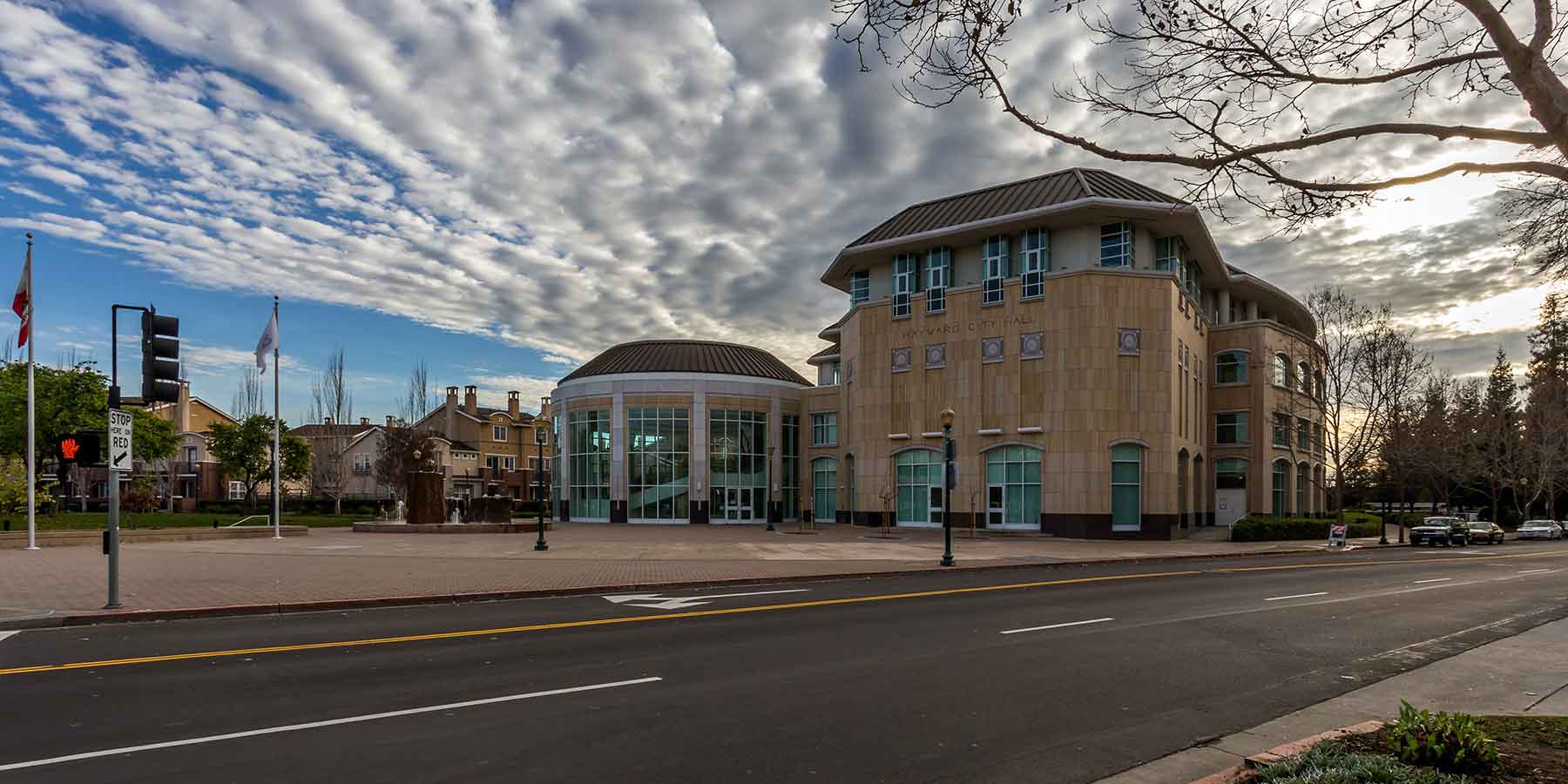How your local government works

Overview of Layers of Government in the United States
The United States has four main layers of government: Federal, State, County, and Local. Here's a quick look at what each one does:
Federal Government: At the federal level, there are three branches: Legislative, Executive, and Judicial. The federal government handles major national issues like defense, printing money, regulating trade, making and enforcing laws, running federal courts and prisons, managing foreign relations, and providing programs like Social Security and Medicare.
State Government: State governments focus on state-specific matters. They create and enforce state laws, manage public education, oversee state highways and infrastructure, run welfare programs, regulate state commerce and businesses, handle public health and safety, and manage state parks and natural resources.
County Government: County governments handle local issues within the county. They manage local law enforcement and jails, oversee public health and social services, maintain county roads and infrastructure, administer property taxes and assessments, operate local courts and legal services, provide public records and vital statistics, and support local parks and recreation facilities.
Local Government: Local governments take care of community needs. They manage public schools and libraries, provide police and fire protection, maintain local roads and infrastructure, oversee local parks and recreational facilities, administer zoning and building regulations, collect local taxes and manage budgets, ensure public health and sanitation services, support community development and local businesses, and run local elections and manage public records.
Let's take a closer look at how your local government in Hayward works.
How Your Local Government Works
We collaborate with other country, state, and county organizations to address regional issues that impact our community. For example, we work with Caltransfor freeway on and off-ramp maintenance, Union Pacific Railroadfor railway issues, and Alameda County for health inspections and vector control but the majority of services for the Hayward community are provided by three local agencies, The City of Hayward, Hayward Unified School District (HUSD), and Hayward Area Recreation and Parks District (HARD).
Each partner is responsible for different aspects of life in Hayward, but we all work together to make our city a thriving and vibrant community.
Explore each partner and they work below.
Hayward Unified School District (HUSD)
The Hayward Unified School District (HUSD)serves more than 18,000 students from preschool through high school. The district comprises 19 elementary schools, five middle schools, three high schools, an alternative high school, an adult education center, and a child care center for preschoolers.
The Hayward Unified School District is run by a Board of Education consisting of five members elected by the public to four-year terms. The Board's responsibilities include setting the direction for the school district and adopting long-term goals focused on the achievement and needs of all students. The Board also appoints a Superintendent who oversees the district's day-to-day operations, including the hiring of staff across the district.
On June 26, 2024 the HUSD Board of Education approved a map to be used to create five voting districts for school board elections beginning in 2026. View the HUSD District Map →
Visit HUSD's Website HUSD School List
Hayward Area Recreation and Park District (HARD)
The Hayward Area Recreation and Park District (HARD) is an independent special use district that provides park and recreation services for over 309,000 residents. Its boundaries encompass a 100 square-mile area, making it California's largest parks and recreation special district. They serve the City of Hayward and the unincorporated communities of Castro Valley, San Lorenzo, Ashland, Cherryland, and Fairview. HARD provides a wide range of recreational activities, parks, and facilities that meet the diverse needs and interests of the entire community and promote health, well-being, learning, and fun.
The Hayward Area Recreation & Park District is overseen by an elected five-member Board of Directors. This Board sets the District's policies, rules, regulations, and ordinances. It makes decisions on all matters related to fiscal expenditures, acquisitions, development, improvement, and maintenance of park and recreation facilities and programs. The Board also appoints a general manager to oversee the district's day-to-day operations.
On May 20, 2024, the H.A.R.D. Board of Directors adopted a resolution expressing the District’s intention to move to district-based elections. Learn more about the process →
VISIT the HARD Website Report a Park Concern
City of Hayward
The City of Hayward operates within the boundaries of incorporated Hayward, while neighborhoods like Fairview and Cherryland fall under Alameda County's jurisdiction. The City is responsible for the upkeep of roads, public safety, public libraries, water and sewer services, and maintaining cleanliness and landscaping for our nearly 163,000 residents.
Hayward has a council-manager form of government. Residents of Hayward elect six City Council members and one mayor to represent their interests. The elected council is responsible for legislative functions, such as reviewing and adopting policies based on community feedback. These elected officials currently serve at large, which means each member represents the entire City of Hayward. However, earlier in 2024 the City began the process to move to a district-based council. This would mean the city would be divided into distinct geographical areas known as districts and each district would elect its own representative to serve on the council. This system would ensure that different parts of the city would have specific representation, allowing council members to focus on the unique needs and concerns of their district's residents. It aims to provide more equitable and localized representation within the city government. Learn more about the process to move to district-based elections, here →
The council appoints a city manager to implement these policies and oversee the city's daily operations. The City Manager, chosen for their professional expertise, is responsible for hiring staff (except for the City Clerk and City Attorney, who are also appointed by the council), managing budgets, and ensuring efficient service delivery. This structure separates policymaking from day-to-day administration, promoting a more effective and responsive local government.
Dive deeper into our organization's structure:








